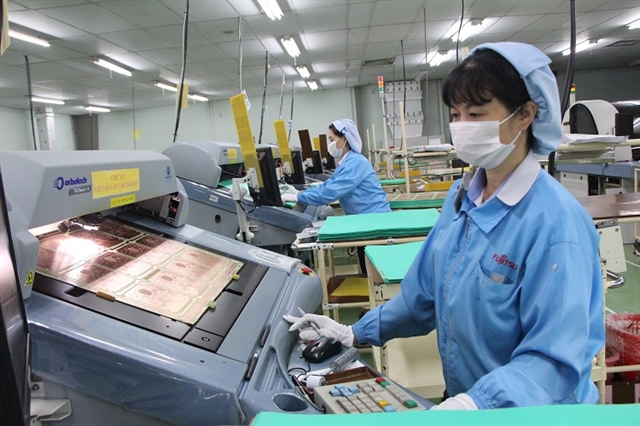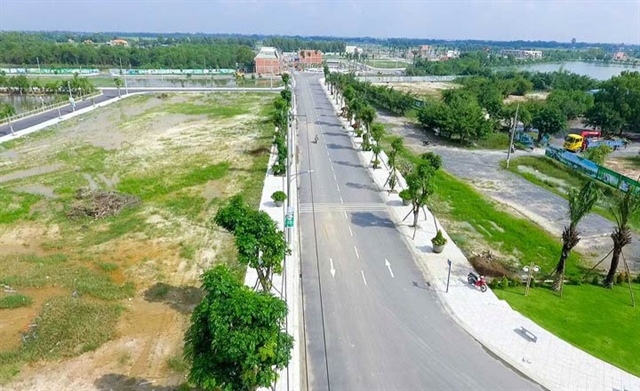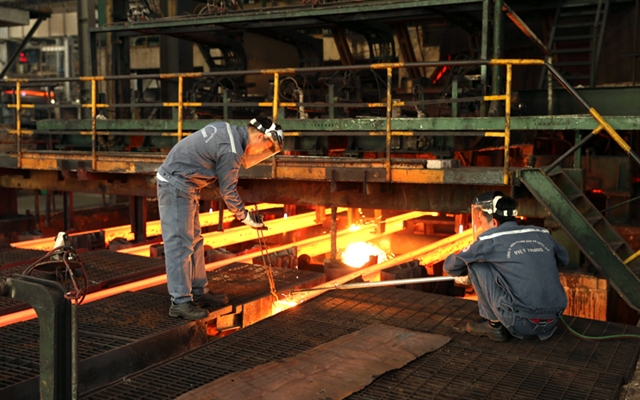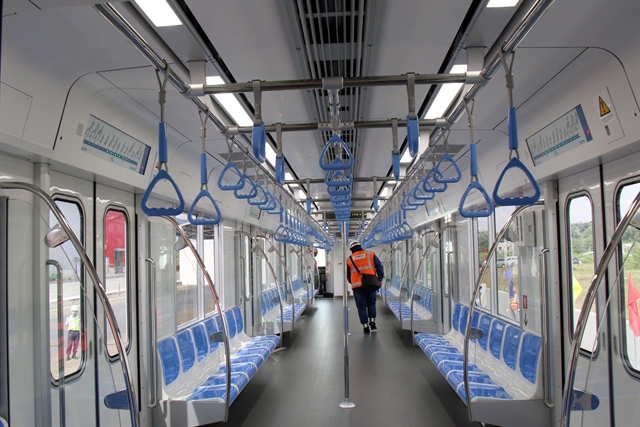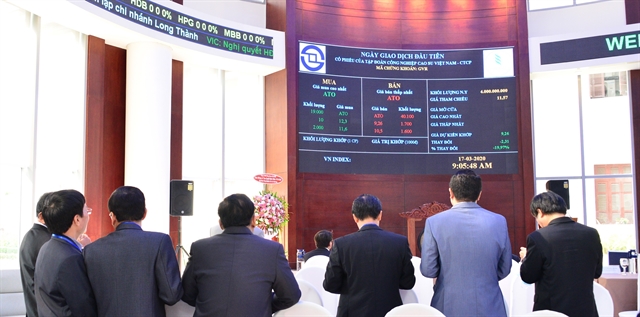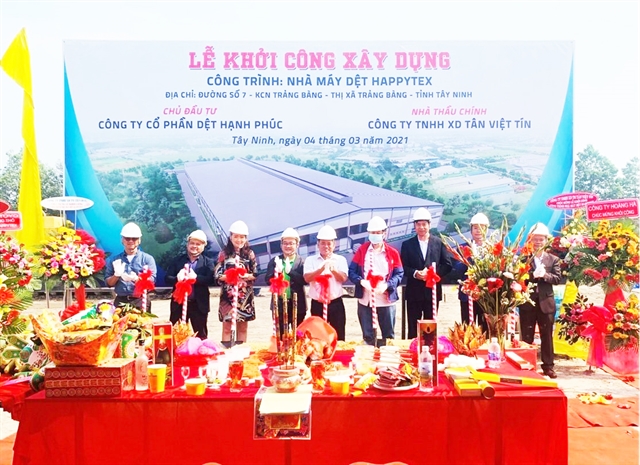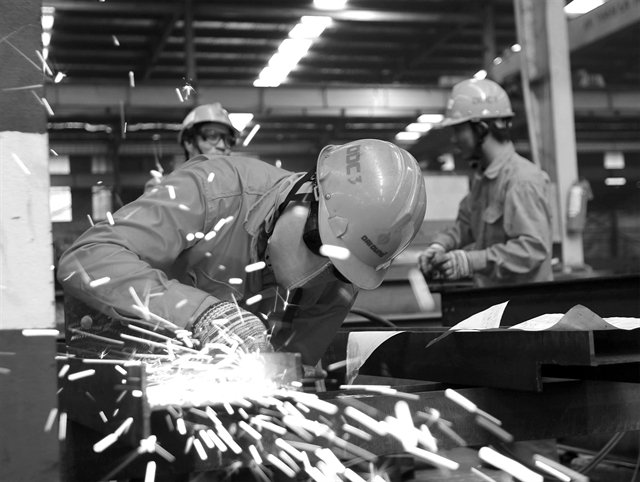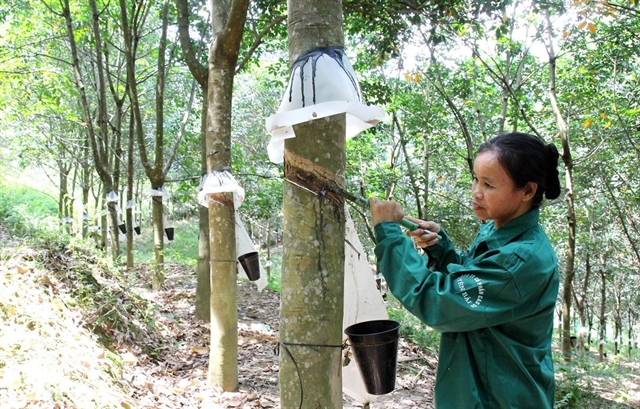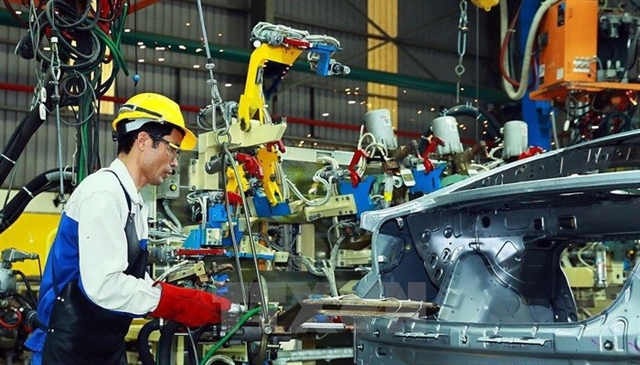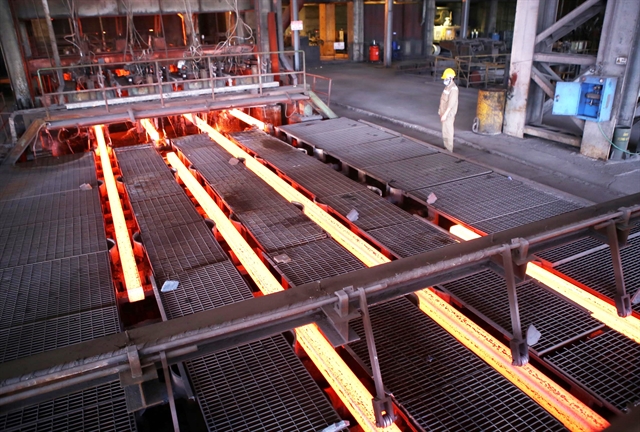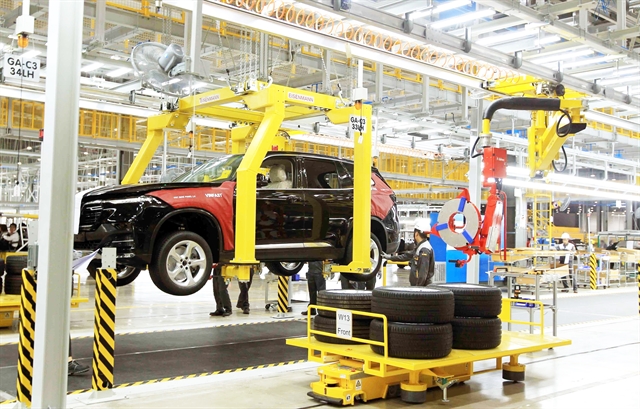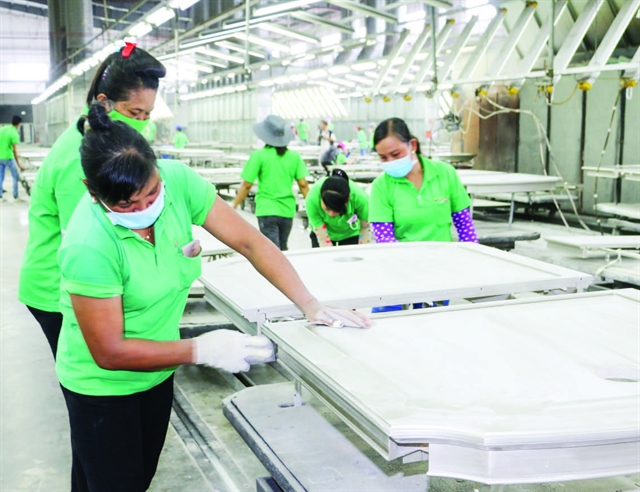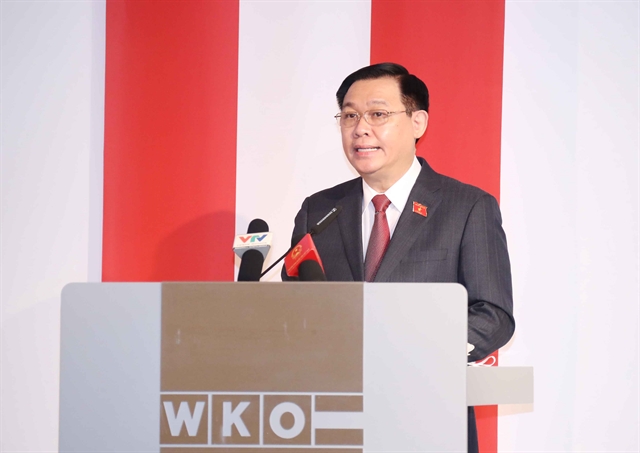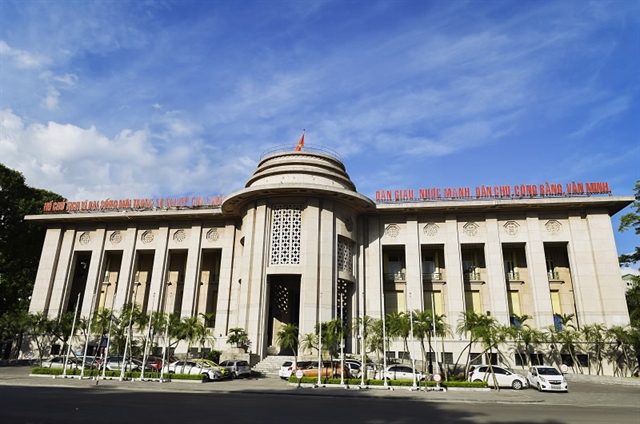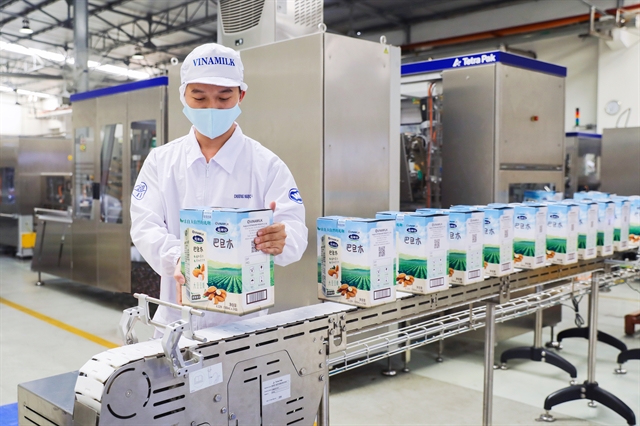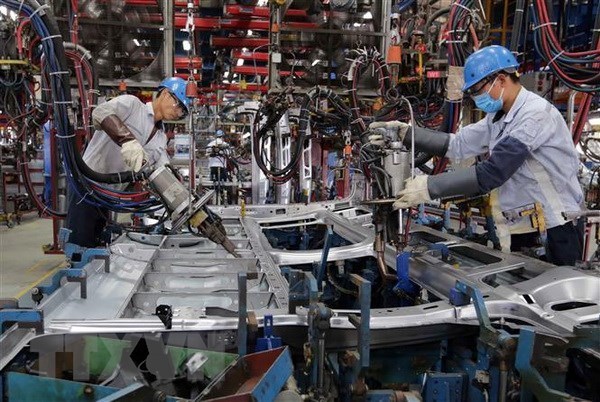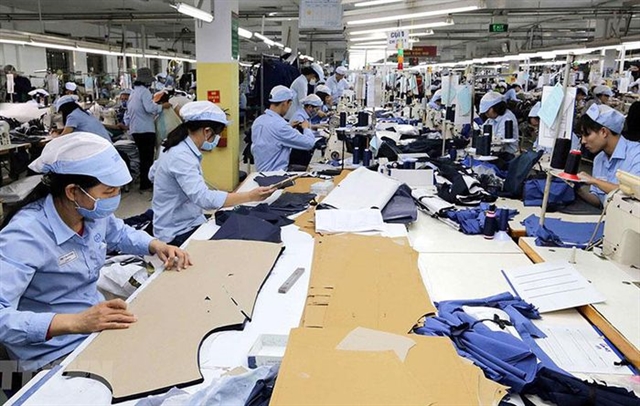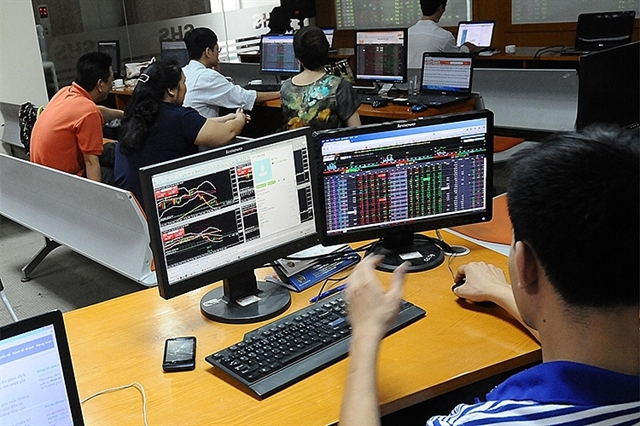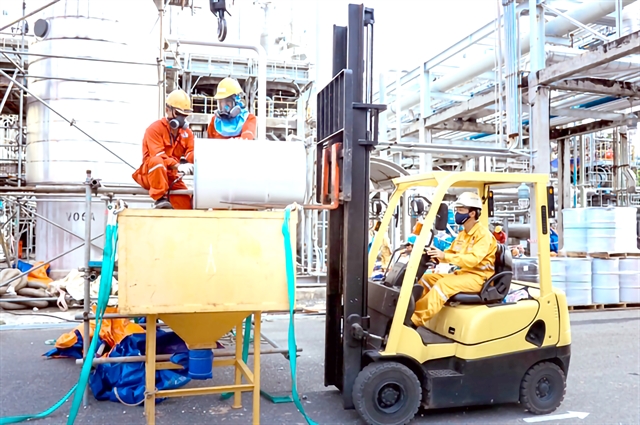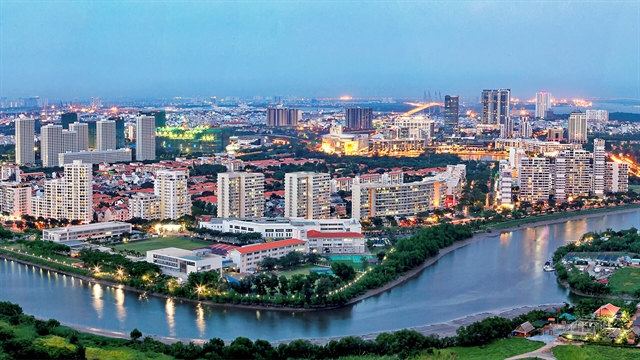
HCM CITY — ‘City within a city’ is likely to become a new trend in the housing market this year, experts predict.
Property consultant Jones Lang LaSalle (JLL) explained that the concept refers to large-scale integrated developments.
It has grown in popularity recently as developers seek to attract buyers with holistic, well-planned communities within a city as people seek to avoid the chaos created by rapid urbanisation and lagging infrastructure in shared facilities.
Nowadays developers taking part in city planning have to carefully understand the fundamentals of city planning to create sustainable value for their large-scale projects, according to Trang Bùi, head of markets, JLL Vietnam.
According to JLL, the beauty of any large-scale development is the ability to offer a diverse range of housing types to various groups of potential buyers.
While each building should be custom designed for a specific group, the overall living environment should still be harmonious, it said.
For example, in Phú Mỹ Hưng City Centre in District 7, developers build smaller apartments in the urban heart of the development targeted at single expats and young tenants.
Family-oriented buyers who buy larger units tend to prefer the quieter area of the development.
‘City within a city’ is one of five trends JLL predicts the market would see.
The Covid-19 pandemic has left hardly any business or industry untouched, according to JLL.
But other parts of life and business have continued apace, sustainability initiatives are forging ahead, interest rates are low, and demand for commercial real estate continues to rise.
Offices would change, but workers are eager to head back, and as the world looks ahead to 2021, it is worth looking back at a year that changed real estate and, crucially, at trends that have either stayed the course or evolved to match current needs, according to JLL.
Developers are turning their focus to health and life science real estate
"How investors refocus during an economic downturn is always closely watched, and in 2021 there has been increased interest in sectors that are important during the health crisis," it explained.
Logistics, already one of the hottest sectors in recent years, is set to receive increased allocations amid the boom in online shopping, according to JLL.
Data centres and multifamily and life sciences real estate are also increasingly in investors’ crosshairs.
Both domestic and international investors have long been interested in this sector, and they are in need of more cold storage locations closer to customers to serve the growing demand for heat-sensitive products such as cosmetics, food and pharmaceuticals.
Special health care products like Covid-19 and other vaccines might become a driving force behind cold supply chains and life science real estate in future.
Corporates are striving for sustainability.
When money gets tight, initiatives supporting the environment could be among the first to be sidelined, but, despite some difficult times that lie in wait, companies and investors are expected to stay the course.
In property, assets with high environmental, social and corporate governance ratings could get a 33 per cent rental premium over comparable non-green certified buildings, it said.
The real estate sector needed to play a critical role in creating a de-carbonised environment, helping society prepare, respond, re-enter and ultimately re-imagine a sustainable future, it said.
Another trend this year would be e-commerce driving the logistics sector.
E-commerce accelerated massively in 2020 as people stuck at home flocked online.
A recent JLL report points out that e-commerce provides a tailwind for consumption-driven demand for logistics real estate.
With Vietnam being one of the fastest growing e-commerce markets in Southeast Asia, in recent years the supply chain has become increasingly consumer driven.
Delivery speed was already a major factor in the buying decision, with major online retailers offering same day delivery options. A surge in online grocery orders and that of other essential items has pushed businesses to look for more cold storage space near their customers.
Compared to traditional logistics operations, e-commerce is more labour intensive and requires three times the warehouse space, part of the reason for increased investor demand for industrial real estate across the world.
In 2020 a work from home experiment took place globally and showed that businesses could continue to operate effectively by leveraging technology.
But many aspects of work would not change, and people still need to collaborate, innovate and liaise with managers on projects and their careers, one reason why people missed the office and why it would retain a central role in corporate life. — VNS
